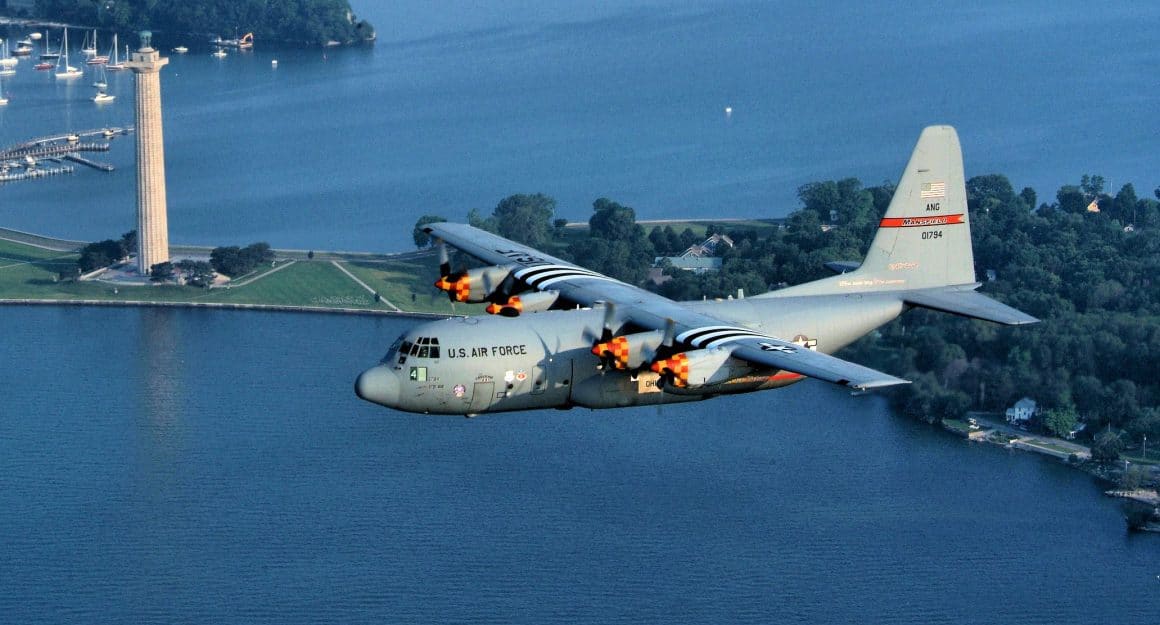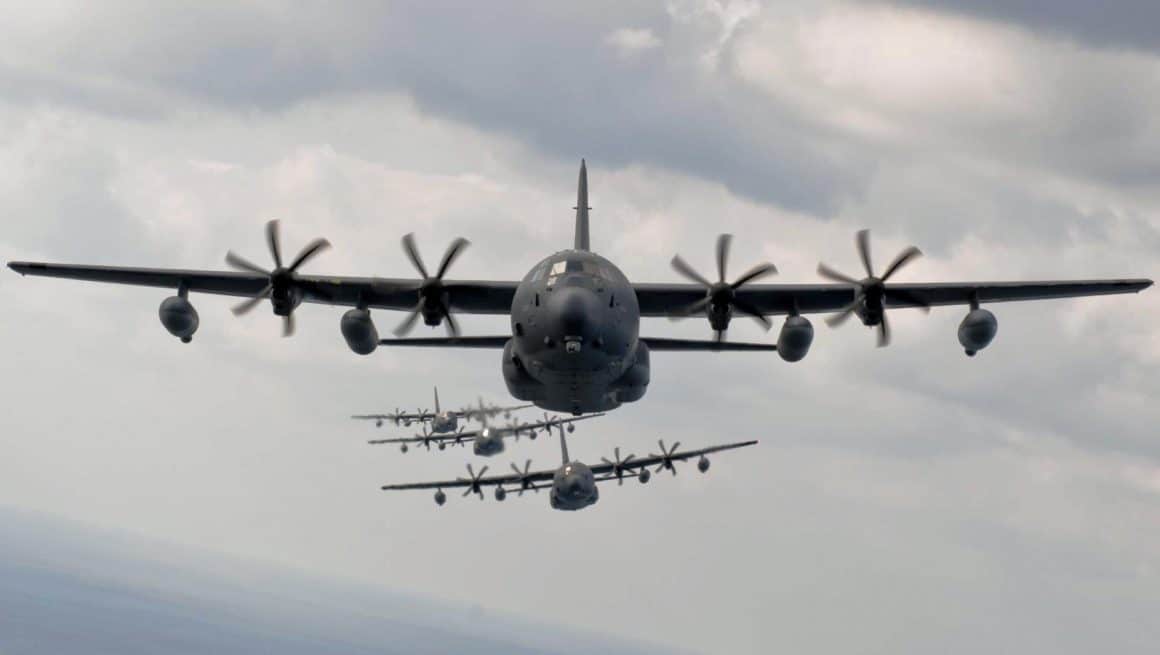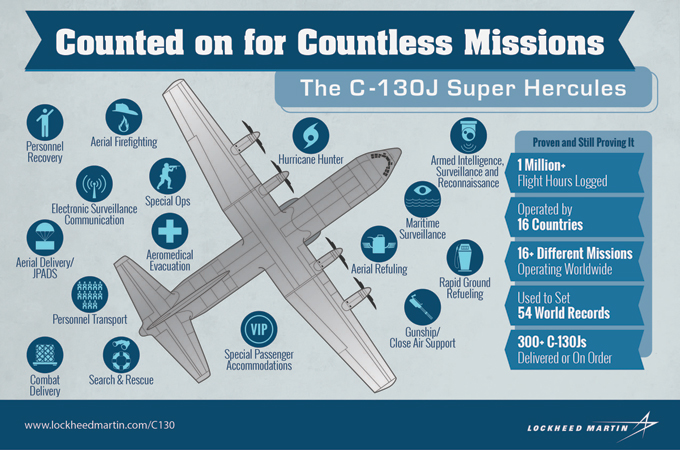Mayhem in the Cargo Compartment
Current and veteran C-130 crews will respond with sarcasm and ridicule as the narrator declares that the “changeover from cargo to personnel transport can take place in a matter of minutes.” The “reconfig” was an essential element to all Herc operations, and crews from Vietnam to Iraq have stories about the different techniques required to pop pins, remove the cargo rollers, and set up the stanchions for troop or litter carrying.

Hell On a Ramp in Iraq
To this day, I am convinced the closest to hell I’ve ever been was during a “reconfig” of the herc in the sweltering heat of the Iraqi desert with all four engines running on the ground. It was part of our daily operation to fly the C-130 loaded down with 56 troops with armed weapons and two pallets of gear to a remote field or Iraqi air base.
After a rapid descent, we landed and taxied into the ramp, surrounded by concrete barriers, to set up for an ERO – (Engine Running Offload/Onload). At that point, the aerial port team met with the loadmasters, routinely with much cursing and foot stomping, to go over the details for the onload for the next leg of our pain train.

Made Possible By the Flexibility of the Herc
Reconfig was a dreaded but necessary part of our airlift operation. A clear floor was needed to bring on vehicles and MRAPs. Cargo pallets required floor rollers, and to haul troops, we had to replace the rollers and put up stanchions to hold the four rows of seats necessary to pack as much meat into the aircraft as possible, and you could forget about going to the bathroom on that leg because the urinal ejectors were at the back of the aircraft.
The C-130 could also be reconfigured to be an aerial hospital to accommodate 32 litter patients and a medical team, and we transported dozens in need of aid to hospitals outside the combat zone.

A True Multi-Mission Capable Aircraft
Since its production began more than 70 years ago, the C-130 has proven to be the most versatile and capable aircraft in the world. It was built to be an incredible machine, and its list of mission capabilities has proven endless. C-130s have served our country and her service members on every continent and in every major conflict since the Korean War.

A Track Record of Doing It All
C-130s are used as troop carriers, cargo airlifters, special ops infiltrators, search and rescue platforms, air ambulances and hospitals, electronic warfare, information operations, and the feared air attack of the C-130 gunships. The aircraft have been used to mark icebergs in shipping channels, refuel helicopters in canyons, contain oil spills, and douse flames with water and fire retardant. On 13 April 2017, an MC-130 dropped the largest conventional explosive in the US arsenal, the MOAB, destroying a mined ISIS tunnel complex in Afghanistan.

Not Slowing Down Just Yet
The C-130 Hercules is on course to become the first production aircraft in the US Air Force to reach 100 years of service. It has proven to be the most dependable airframe in the world, and it will keep right on flying into history time and time again. Avgeekery salutes all the men and women who have operated the C-130, especially those vets who have caught a ride out of the combat zone sitting in one of those red seats.

